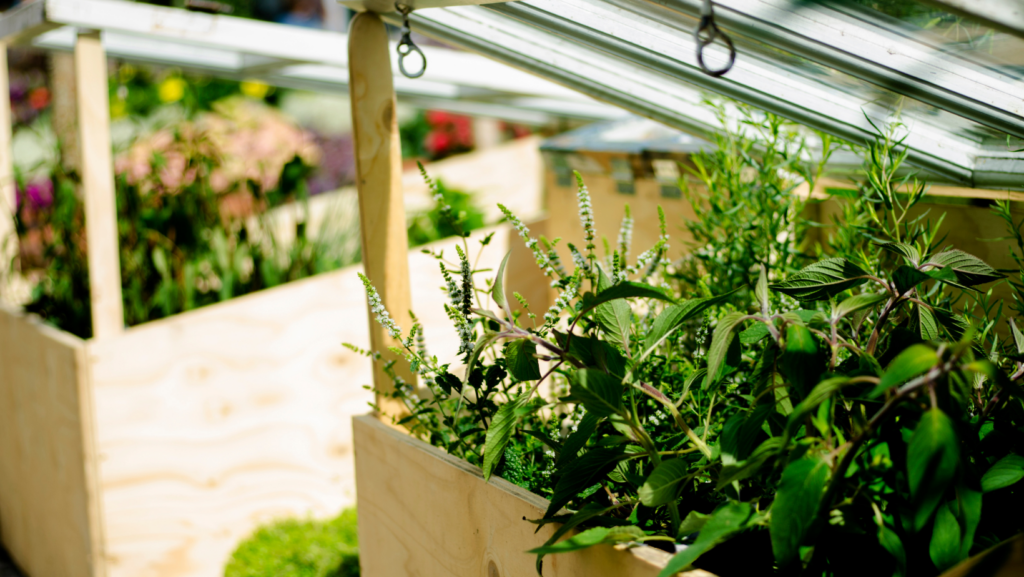In the bustling heart of cities, where green spaces are often sparse, urban gardening has blossomed as a vibrant solution to reconnect with nature. Urban gardening magazines have become essential guides, offering a treasure trove of tips, design ideas, and success stories that inspire city dwellers to transform their rooftops, balconies, and small yards into lush, productive gardens. These publications not only delve into the how-to aspects of gardening in limited spaces but also emphasize sustainable practices and innovative techniques to maximize small areas.
Urban Gardening Magazines
 Urban gardening magazines cater to a diverse group of city dwellers ranging from beginners to expert gardeners. They appeal to individuals who are keen to transform limited urban spaces into vibrant green areas. This audience primarily includes young adults aged 25-35 who are environmentally conscious and eager to integrate more nature into their daily lives. Such readers value content that not only provides practical gardening tips but also promotes sustainability and eco-friendly living.
Urban gardening magazines cater to a diverse group of city dwellers ranging from beginners to expert gardeners. They appeal to individuals who are keen to transform limited urban spaces into vibrant green areas. This audience primarily includes young adults aged 25-35 who are environmentally conscious and eager to integrate more nature into their daily lives. Such readers value content that not only provides practical gardening tips but also promotes sustainability and eco-friendly living.
They prefer magazines that offer easy-to-follow guides, innovative gardening techniques such as vertical gardens or hydroponics, and real-life success stories that demonstrate the potential of small-scale urban gardening. Additionally, this target group appreciates multimedia content like videos and interactive articles that enhance their reading and learning experience.
Content Analysis of Leading Urban Gardening Magazines
Urban gardening magazines effectively harness rich content to engage their primary demographic, adults aged 25-35. These publications highlight sustainable gardening practices and offer step-by-step guides on innovative techniques like vertical gardening and hydroponics. Features include detailed articles on urban garden design ideas, practical tips for maximizing small spaces, and profiles of successful urban gardens. Multimedia elements such as instructional videos and interactive features also play a significant role, catering to an audience that appreciates dynamic and informative content.
Comparison of Digital vs. Print Magazines
 Urban gardening magazines come in both digital and print formats, each catering to different reader preferences and lifestyles. Digital versions offer multimedia features that enhance the learning experience, such as videos on vertical gardening and interactive Q&A sessions with gardening experts. They’re accessible on multiple devices, which is a significant advantage for younger, tech-savvy readers of the 25-35 age group, who appreciate the ability to access content anytime, anywhere.
Urban gardening magazines come in both digital and print formats, each catering to different reader preferences and lifestyles. Digital versions offer multimedia features that enhance the learning experience, such as videos on vertical gardening and interactive Q&A sessions with gardening experts. They’re accessible on multiple devices, which is a significant advantage for younger, tech-savvy readers of the 25-35 age group, who appreciate the ability to access content anytime, anywhere.
Print magazines, on the other hand, appeal to those who prefer a tangible reading experience. They provide a physical connection to the material, often regarded as more engaging by readers who enjoy the tactile aspect of flipping through pages. Print formats also often feature high-quality photographs and detailed illustrations that can be more visually appealing than their online counterparts.
Both formats play crucial roles in disseminating valuable gardening information and fostering a sense of community among urban gardeners. Depending on one’s lifestyle and reading preferences, either format can enhance the connection with urban gardening cultures and communities.
Emerging Trends in Urban Gardening Magazines
 The focus on sustainability in urban gardening magazines has risen significantly. These publications frequently spotlight eco-friendly techniques such as composting and the use of rainwater. Additionally, there’s an increasing inclusion of technology in urban gardening. Smart gardening tips which utilize IoT devices for monitoring plant health and automated watering systems are now common features. Moreover, community-oriented content is gaining momentum. These magazines often feature stories on communal gardening projects and social events that bring local gardeners together, enhancing the sense of community and shared knowledge among urban gardeners. Lastly, the push towards native planting is evident, educating readers on the benefits of using indigenous plants that are more adaptable to local climates and beneficial for local wildlife.
The focus on sustainability in urban gardening magazines has risen significantly. These publications frequently spotlight eco-friendly techniques such as composting and the use of rainwater. Additionally, there’s an increasing inclusion of technology in urban gardening. Smart gardening tips which utilize IoT devices for monitoring plant health and automated watering systems are now common features. Moreover, community-oriented content is gaining momentum. These magazines often feature stories on communal gardening projects and social events that bring local gardeners together, enhancing the sense of community and shared knowledge among urban gardeners. Lastly, the push towards native planting is evident, educating readers on the benefits of using indigenous plants that are more adaptable to local climates and beneficial for local wildlife.
Innovations and Technological Integration
Urban gardening magazines have truly transformed the way city dwellers interact with nature. Through a blend of traditional and modern media these publications not only inform but also inspire urbanites to bring more green into their concrete surroundings. Whether it’s through a tactile page-turn or a swipe on a screen urban gardening enthusiasts have access to a wealth of information that supports sustainable living and community involvement.

